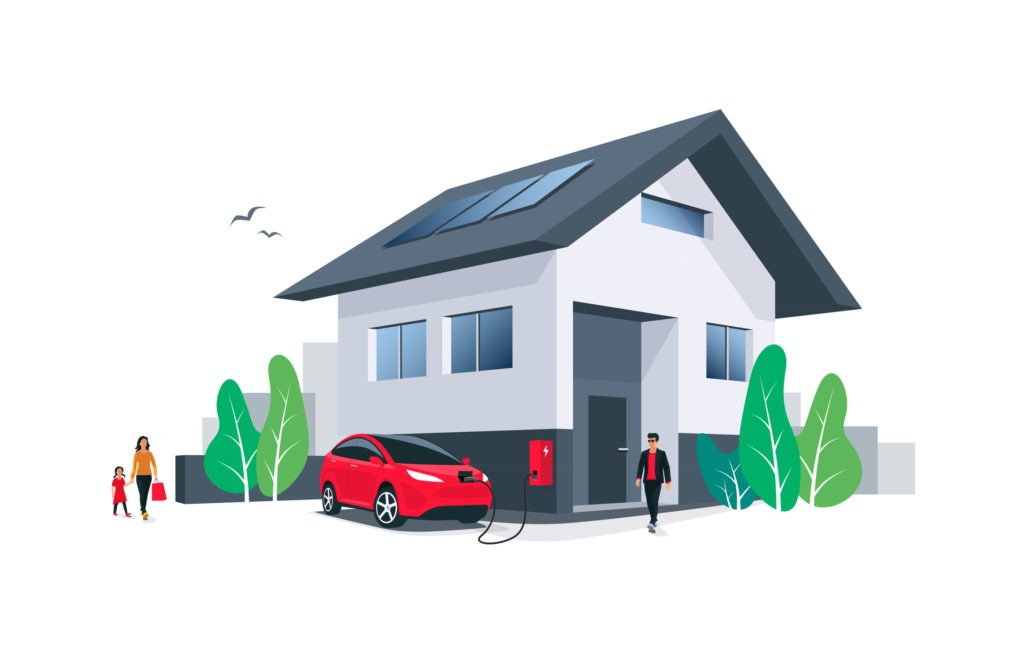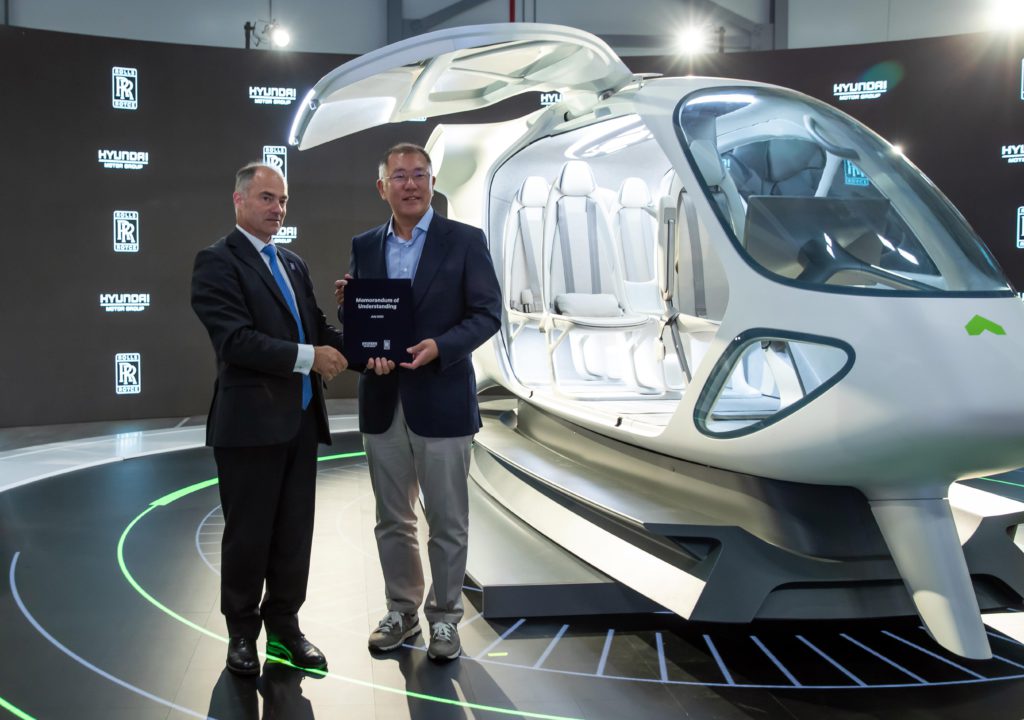Battery swapping or fast charging: which is the better solution?
16 August 2022

Battery-swapping facilities are cropping up across Europe. Could they provide an alternative to fast-charging electric-vehicle (EV) technologies? Autovista24 journalist Rebeka Shaid takes a closer look.
The future of transport is electric and countries around Europe are in a race to expand charging infrastructure. Batteries for electric vehicles rely heavily on valuable raw materials, meaning their use needs to be as effective as possible.
Most EV drivers are accustomed to plugging in at home or in public, and as the number of fast chargers grows, this experience is becoming more efficient and convenient. But could battery swapping be a viable alternative? According to some industry experts, the answer is a cautious yes.
What is battery swapping?
Battery swapping allows users to replace a depleted battery for a fully-charged one at a dedicated swapping station, of which there are not many in Europe. Yet. One carmaker betting on this service is Chinese EV manufacturer Nio.
The company has built a solid presence in EV-friendly Norway, where it started operating battery-swapping stations as part of a pilot project. ‘Battery swapping is a bonus in addition to the home and fast-charging options and forms an absolute unique selling point,’ Nio told Autovista24.
In China, battery swap facilities are not an unusual sight, with Volvo owner Geely also investing in this service. Nio aims to develop 1,000 power swap stations outside of its home country by 2025, but the question is, will this service catch on?
‘In Europe, we are going to be able to offer a charging network and also a swapping network. At the same time, we are going to work together with third-party charging providers,’ Nio said.
‘We believe the other objective is to provide the best holistic charging and swapping experiences for users. In this case, we will need to build our own charging and swapping network, as well as connect with third-party charging networks.’
Nio reportedly opened its second battery-swapping station in Norway this week, indicating that the initial trial went well. In September, the EV maker will start operations at its first overseas plant in Hungary. The move signals another important step for Nio as it will now launch the production of battery swap stations in Europe.
Is fast charging easier?
For Nio drivers, battery swapping takes less than five minutes, which is much faster than charging an electric car and is the equivalent of filling up a tank of petrol or diesel. Charging times for an EV vary, depending on the make and model, but it can typically take around 20 to 30 minutes to power a battery to 80% at a fast-charging point.
Tesla’s Superchargers can charge an EV up to 200 miles (321km) in 15 minutes. But the technology is constantly evolving. Tech firm ABB E-mobility recently announced plans to launch what it calls the world’s fastest all-in-one electric-car charger. With an output of 360kW, ABB’s charging unit, Terra 360, can fully power a compatible EV in 15 minutes or less.
‘Terra 360 can deliver 100km of range in less than three minutes. It can also charge up to four vehicles at once and because Terra 360 chargers have a small footprint, they can be installed in small depots or parking lots where space is at a premium,’ Waqas Arshad, ABB’s E-mobility CTO, told Autovista24.
‘Battery swapping, meanwhile, requires a complex swapping infrastructure to be in place in order to transport the batteries to centralised locations for charging. Alternatively, charging infrastructure needs to be installed at battery-swapping sites, therefore duplicating on the technology investment required,’ Arshad said.

He added that fast-charging technology is highly flexible, with the opportunity to charge a wide range of vehicles. Arshad believes the only viable case for battery swapping is for two or three wheelers. He also cautioned that there is no global standard for battery swapping. ‘[That technology] necessitates changes in the way OEMs design and manufacture their vehicles and would only deliver an OEM a specific solution rather than a solution for cross-sector infrastructure,’ he said.
So, while fast-charging technology seems to offer certain advantages compared to battery-swapping facilities, fast chargers are not yet widely available. An industry analysis by the European Automobile Manufacturers’ Association (ACEA) found that only one in nine charging points in the EU is fast, accounting for 11% of Europe’s infrastructure network.
Granted, plans are in place to increase the number of fast-charging points in Europe, with carmakers, utility providers and big-oil companies eager to build more of these in the coming years. E.On will set up 2,000 ultra-fast charging stations in Europe by 2024. Infrastructure provider Ionity is jointly investing €700 million in its fast-charging network across the region. BP is also planning a joint investment of up to €1 billion to deploy 11,000 fast-charge points across Spain and Portugal.
Energy demand
Another point to consider is the additional need for electricity that comes with powering electric cars. The European Environment Agency (EEA) said the share of Europe’s total electricity consumption from EVs will rise from 0.03% in 2014 to 4-5% by 2030 and to 9.5% by 2050.
Until the end of the decade, the additional energy demand from electric vehicles will not have a significant impact on the grid. In the longer term that could change, and this is where battery-swapping services could offer advantages, according to a recent study.
Researchers from the University of Lisbon, Portugal, found that battery swapping has the least impact on the grid imbalance and is one of the best solutions for balancing energy demand and supply.
Large investments needed
One of the main advantages of battery swapping is tied to its flexible energy demand. But researchers suggest that swapping batteries involves many stakeholders and would require huge investments, policy stimulus, and industry participation as there are no universal standards for battery shape, insertion, and electrical connection.
‘For battery swapping to succeed, it cannot be a single brand, or even a single country, venture,’ the Portugal-based researchers said, cautioning that past ventures to roll out the service have failed.
One example would be Better Place, which partnered with Renault to install and sell battery-swapping services in Israel and Denmark in 2012. Despite funds of $850 million (€834 million), Better Place had to file for bankruptcy a year later, mainly because of high capital costs. Tesla is another company that looked into battery swapping but abandoned the concept in 2015 to focus on fast chargers instead.
‘For the battery-swapping transport revolution to happen there is need for involvement not only from the automotive and battery industries, but also the robotic and electrical-device industries, the electrical-grid operators and national authorities, present fuel-service station owners, and, of course, consumers,’ the researchers said.
The findings are clear though, with the scholars arguing that battery swapping is a valuable tool to help decarbonise road transport and balance electric-power systems.
Changing or charging?
For consumers, swapping batteries on the go holds an appeal as an additional way of keeping their EVs powered. Nio has completed more than 10 million battery swaps and is on an expansion course in Europe, where it wants to enter the region’s largest automotive market, Germany, in the last quarter of the year.
Having partnered with Shell, the manufacturer has grand plans to build more battery charging and swapping facilities, including on German roads. Does this mean battery swapping could replace EV charging as a new and innovative business model?
Battery swapping could take off if car manufacturers would build standard EV batteries, but that is unlikely to happen. Still, various research projects are now investigating the pros and cons of battery swapping and charging, looking at the resource efficiency of charging versus changing.
One such project can be found in Germany, with researchers jointly studying the merits of battery swapping as an alternative to charging. As the project has only recently kicked off, participating parties from the Institute for Ecological Economy Research (IÖW) were unable to comment on the findings.
‘We cannot yet give an assessment of whether and when battery swap stations can be ecologically and economically advantageous compared to fast-charging stations,’ the institute told Autovista24.
‘The market for electric vehicles will grow strongly in the coming years,’ added energy expert Jan Wiesenthal from the IÖW. ‘Therefore, answers are now needed to the question of which battery system best suits the urgent goals of the energy and resource transition. Because this results in fundamental directional decisions for the development of the charging infrastructure.’



